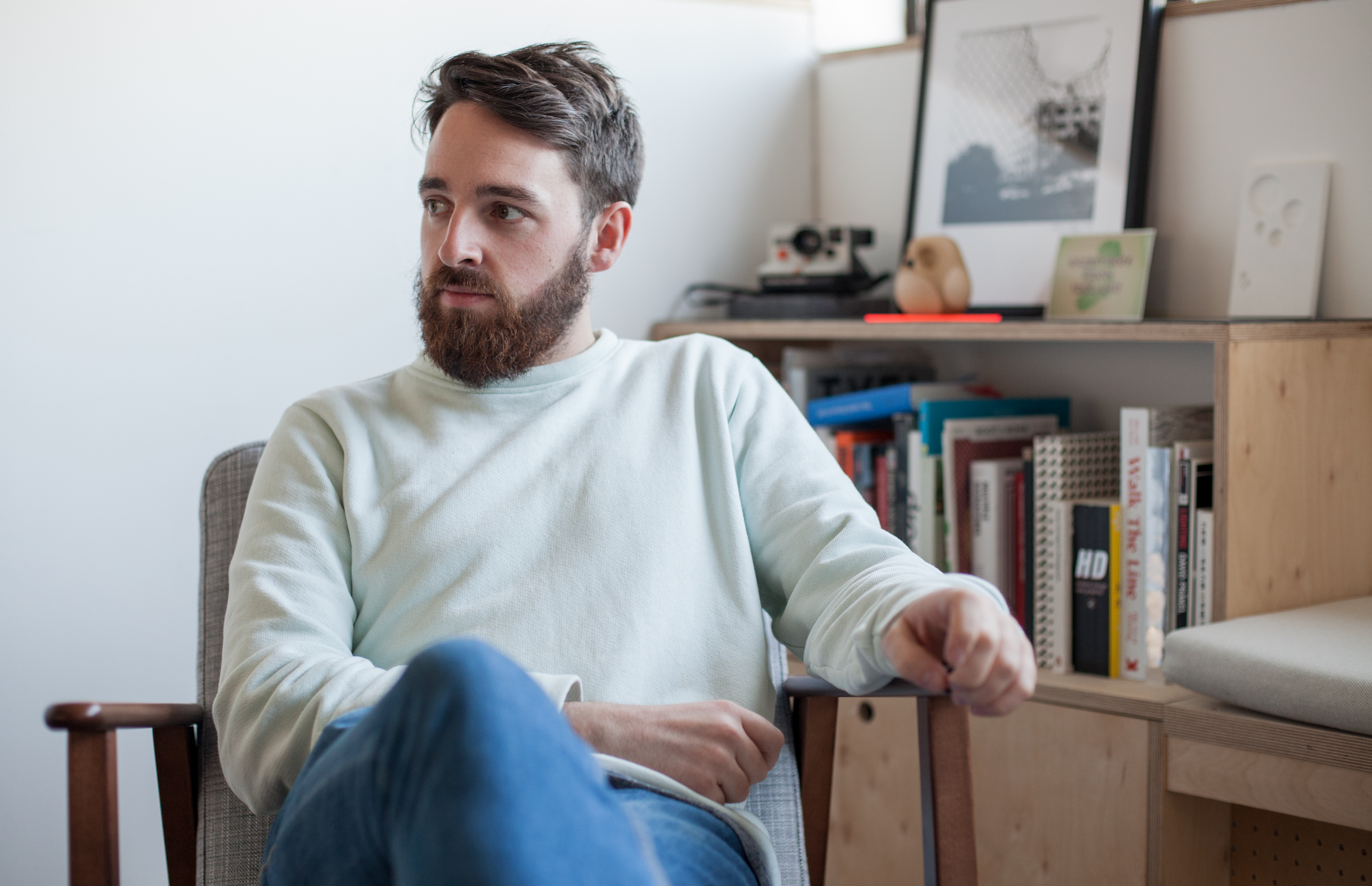What’s your background? How did you get to where you are?
When I was in school I thought I wanted to be an animator, then did a transition year placement in a graphic design agency and wasn’t into it. So I applied to Industrial Design in NCAD and switched to Visual Communication with the aim of becoming an illustrator. In third year I did a placement with Scott and Johnny in Aad and that changed my opinion of what graphic design could be. After graduating, with some college friends we formed a design collective called Junior. This was 2008 so jobs were sparse at that time (post-bust and all that) so we though that would be fun and maybe help us get junior roles in studios. I luckily got a spot on the Threex3. It was a real eye-opener as the programme really highlights the diversity of approach different studios can have; Zero-G to me felt very language and copy driven; Detail a strong illustration focus; and Atelier a swift kick about my limited knowledge of graphic design history.
After that I went back to work for Aad for three years and then three more working solo as a bit of a jack-of-all-trades graphic designer come web designer and developer. I had taught myself how to code during college and ended up doing projects in and around the web wherever I worked. Scott and Johnny allowed me to build a lot of websites during my time there and as I improved I began to work on larger web projects. That gave me a lot of confidence to go solo as I knew coding was a skill I could offer that most designers at the time didn’t have. I could cut the developer expense on any website job so I had a fairly fruitful few years designing, building and collaborating with other great designers on making websites.
After some time I grew a bit jaded of mainly doing that kind of work, I was working alongside Rob on projects at this time and we felt pooling our resources and portfolios would lead to more of the right kind of projects. We started Post informally mid-2014 and then officially with the addition of Andy at the start of this year.
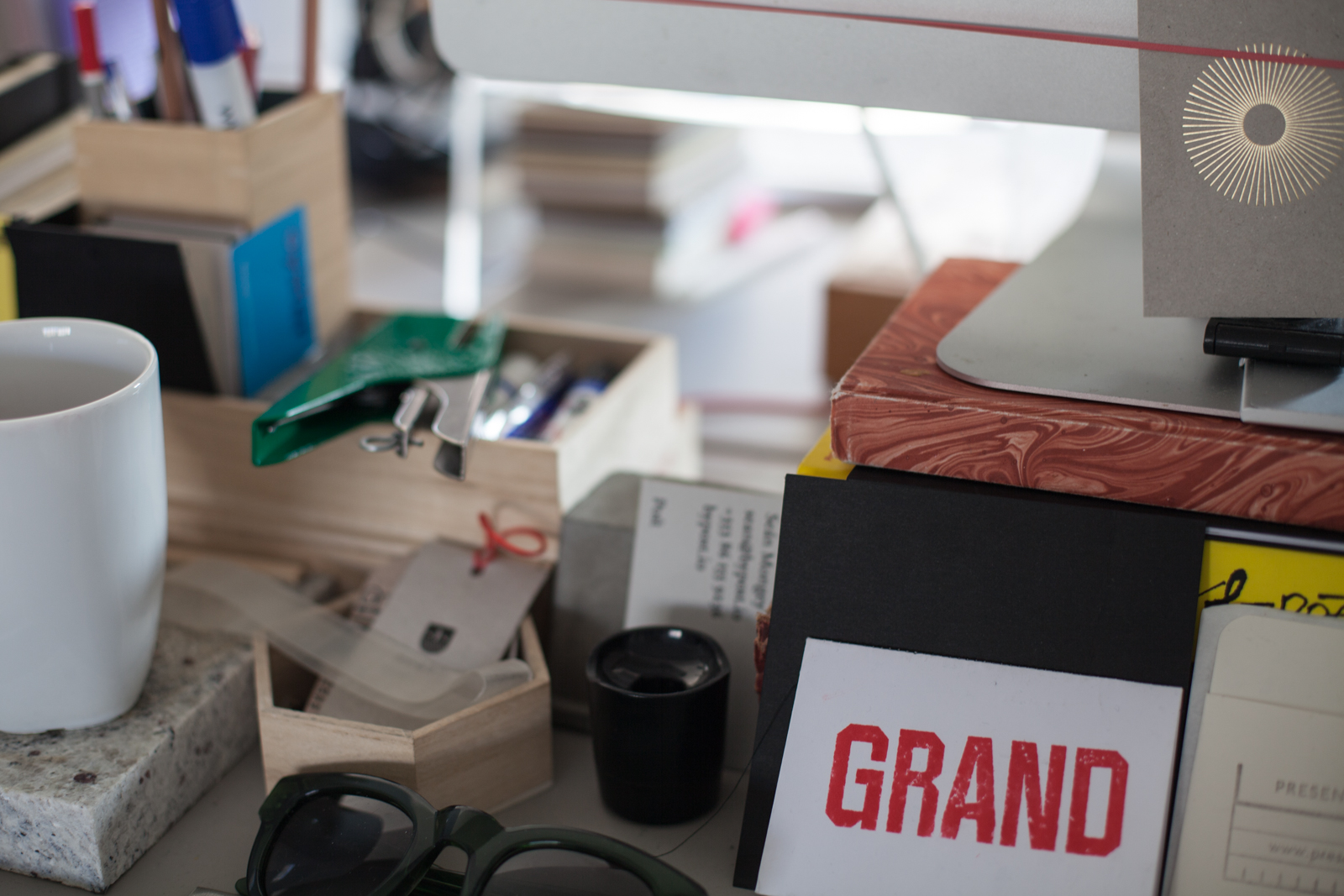
How would you define your role / practice right now?
From working solo, the label of web designer and developer sat uneasily with me. I enjoyed that type of work but felt there were stronger aspects I could bring to a project. As a studio we’re getting more diverse and varied projects. A project might begin with a digital bias but then snowball into other areas too. So an exact practice definition is a little hard to pin down, we’re still waiting for the dust to settle before we can fully commit to what that is.
As for roles we each have the same role. A project lead is assigned on any new job, that person handles all admin, client dealings and determines who does what on the project. Any one job you could be a designer, illustrator, photographer, copywriter, developer, etc. You’re free as the lead to commission specialists in those areas or handle it internally. The only stipulation is that whatever is produced needs to be at the studio standard (meaning all three of us are happy with the work).
Do you think that definition will change?
We’ve been happy with this structure so far this year and it’s getting more refined and efficient. While it does leave a lot of balls in the air (if you choose to be all things for a project) that does rarely happen and at the end of the day it’s a shared workload (so shared responsibility).
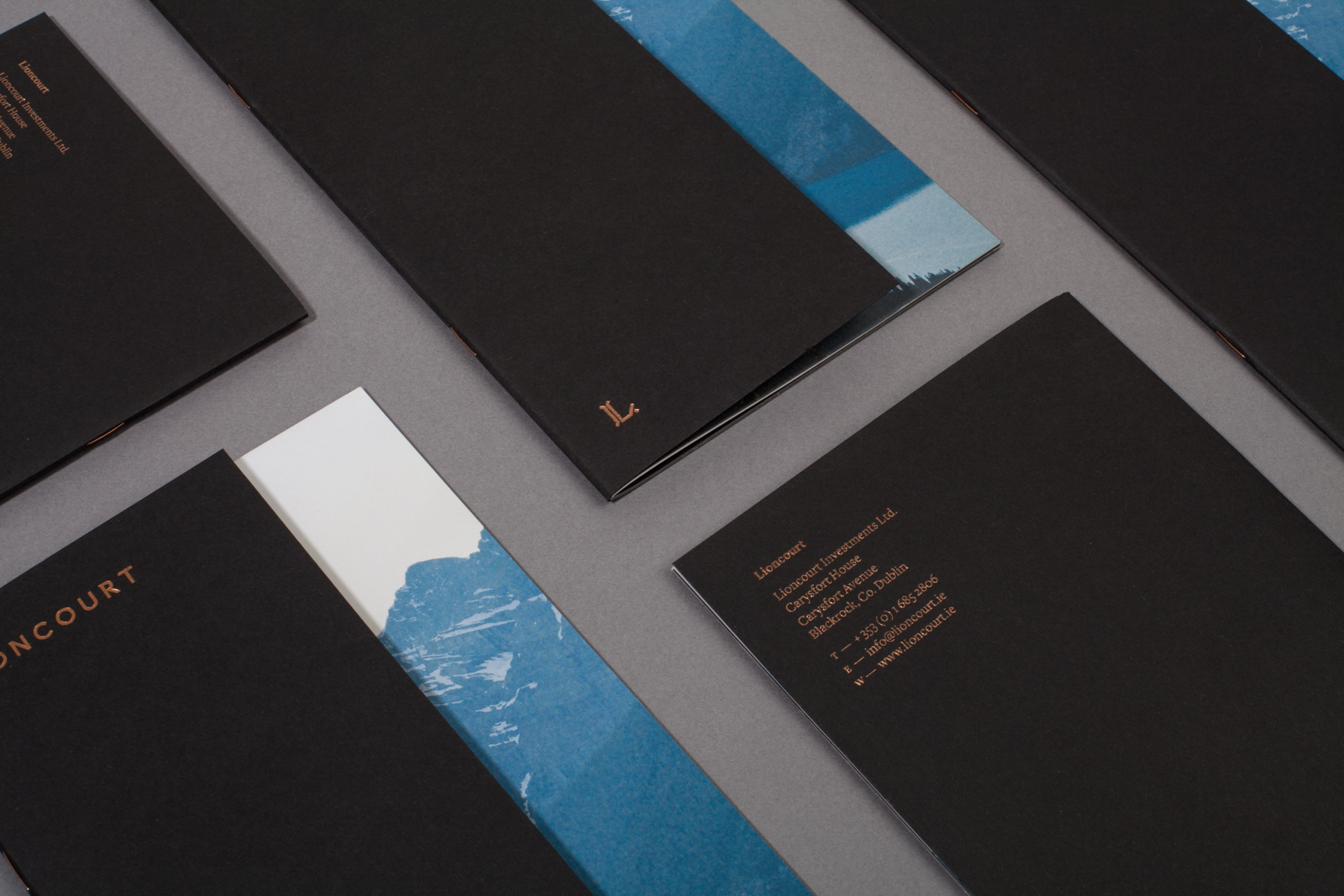
What do you set out to do with your work?
With every project we set out to listen, understand and make work based on that.
What's your motivation?
To have my day job not feel like a job. I like the varied experience of what a day’s work can bring; it’s consistently diverse and never boring. I’m motivated to grow, continue to learn, work on exciting projects and make a living while doing all that.

What values do you try and instil in your work?
I’d like our work to always feel appropriate, well thought out and well made. We try and talk about timeless but that sounds a bit grandiose. Regardless, if we feel what’s made will have lasting value and that there’s heart and vibrance in it then we’re generally pretty happy.
What is the main focus of your practice?
To make sure there’s always an idea at the heart of what we’re doing.
Beyond that, we’ve been making our best effort to avoid having a too specific focus. We’re open to new and different types of projects and I’d like to extend that further by taking projects that put us outside our collective comfort zone.
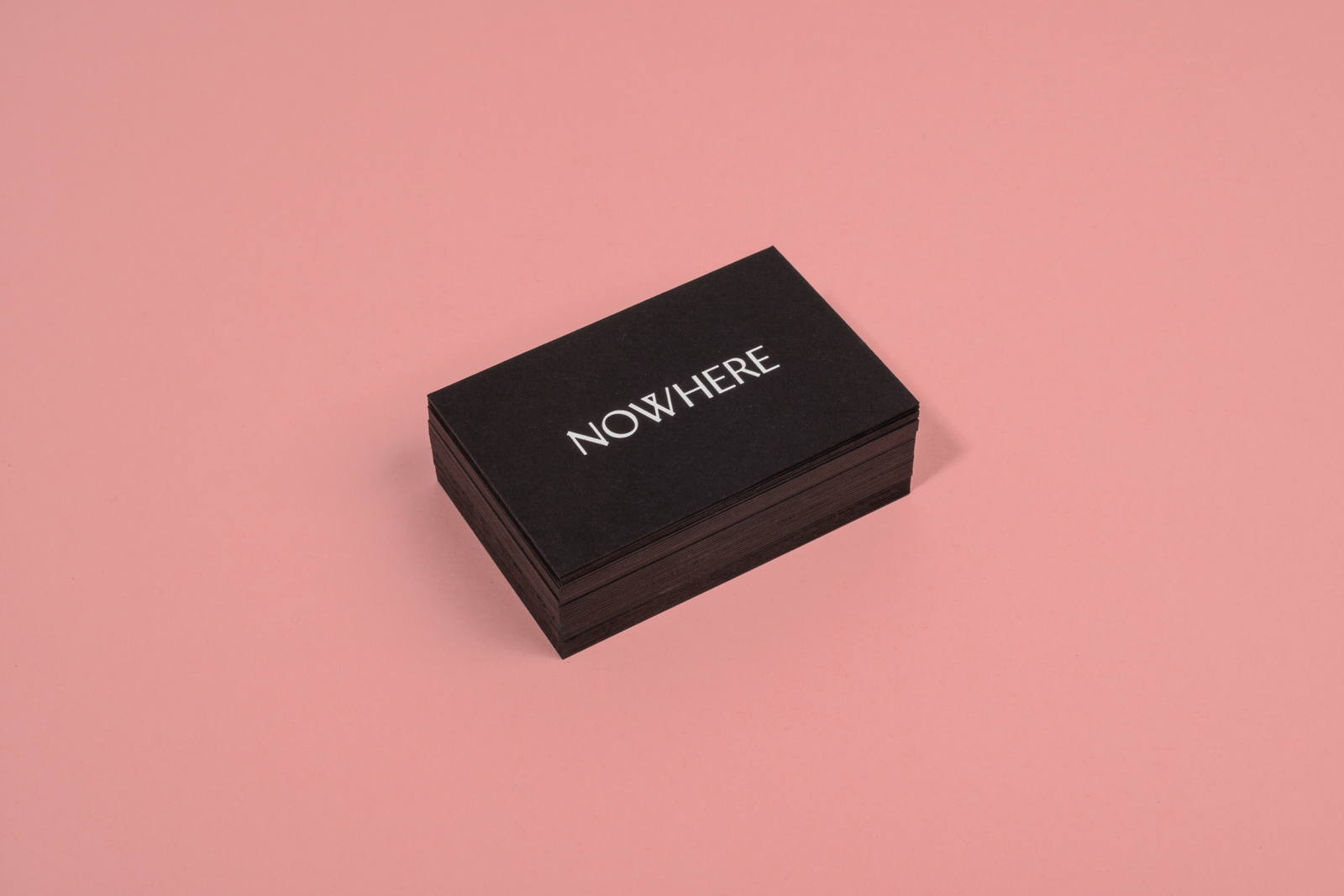
What are the areas you work in?
Probably a bit early to say as the areas are broad and varied. The only common link I’ve found is each client (regardless of area) has been as passionate about what they do as we are about what we do.
What is the scale of your projects?
Scale can be relevant to experience. I feel we’re in the goldilocks stage currently; our projects aren’t too big or too small. Most work is identity-driven so there tends to be a comprehensive set of deliverables.
Larger projects arise through our emphasis on coding as part of our design process. We often collaborate with other studios giving us the opportunity to work on projects that might not present themselves otherwise.
How many projects do you undertake a year?
This is our first year so can’t say for sure right now.
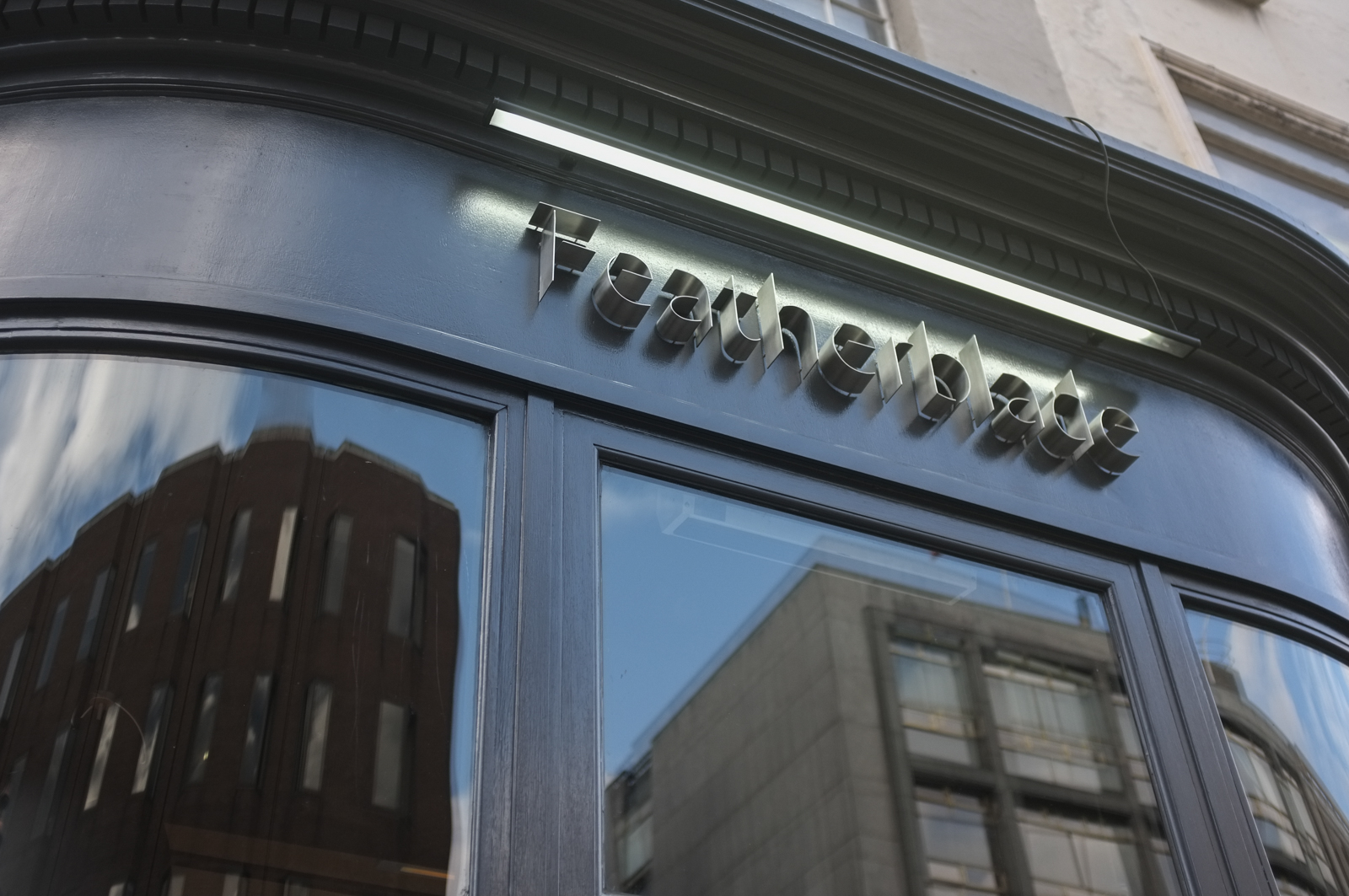
How long are your timelines?
Each project varies depending on the parameters of the job. Usually this is dependant on the client too so timelines could be anywhere from a week to six months. We have some projects at the minute that are shaping up to be longer still.
Can you give an indication of the budgets you work with?
That’s normally our question!
If we can get an idea of what a client is looking to spend on a project we can normally tailor the work to suit. If someone comes looking for an identity, print material and a website with all the bells and whistles but then doesn’t have a budget to match the work, we try to be honest about what is realistic for their budget and what they might actually need. Whenever we can we avoid throwing figures before we have at least a conversational understanding of what someone's aims are.
When we do have to write a number and slide it across the table we work from a studio day rate and estimate out how long a project might take, then divulge a number from that. Looking back on completed projects we’re generally putting in over our estimated time, sometimes a little and sometimes a lot.
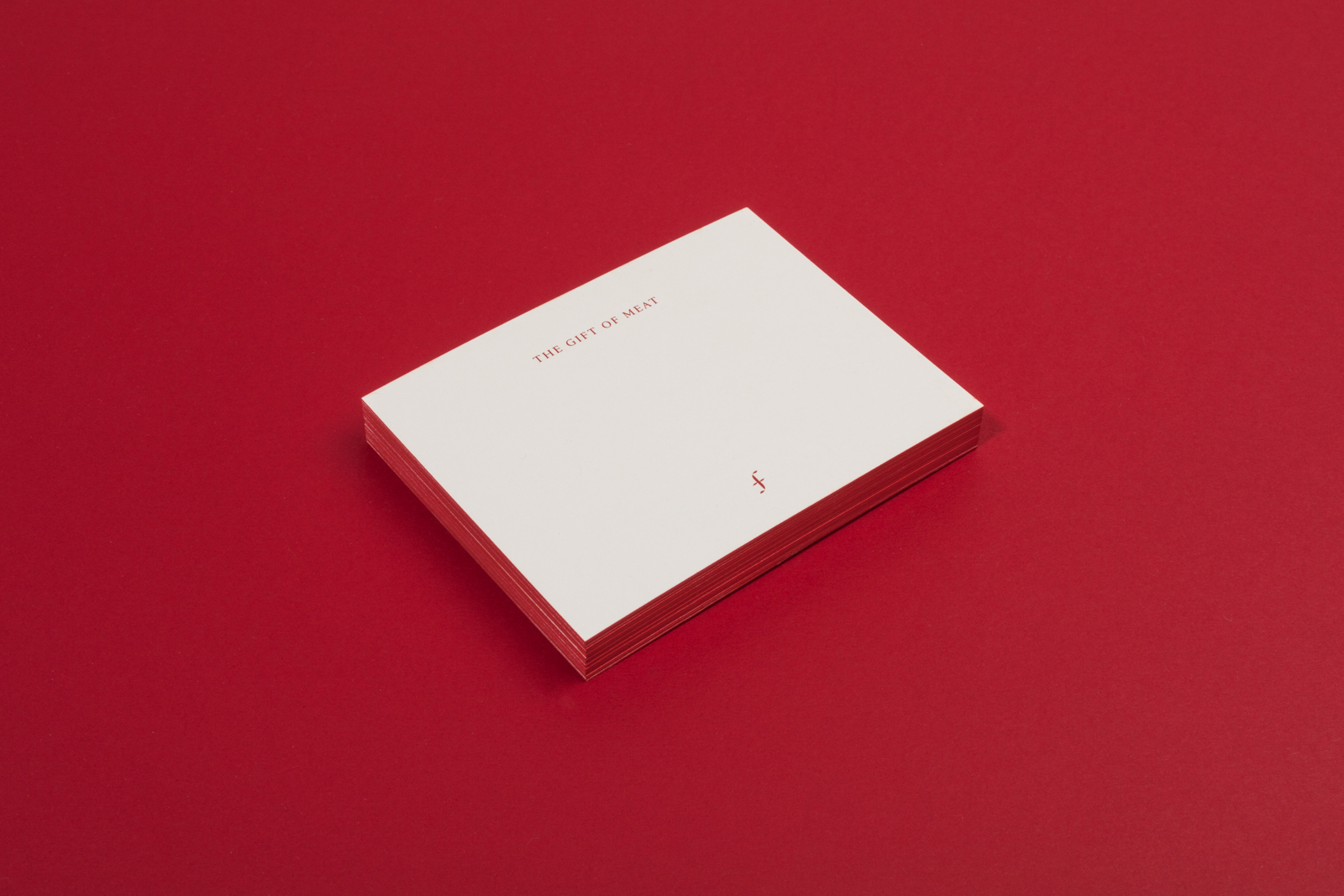
Can you give us a sense of what your working week would be like?
A Monday morning production meeting with the full team (Rob, Andy, our intern Cassie and myself) is the only concrete habit we’ve been able to establish so far. On any day you could be managing, designing, organising, drawing, phone-calling, coding, writing, stitching (yeh, you heard me), meeting, delegating and so on. Any work day is a bit of a hodge-podge of tasks.
We try to eat lunch together daily away from computers but that’s tricky to enforce and deadline dependent. Friday drinks in the studio (or a fine local Capel Street establishment) have been regular enough and primes us for the weekend ahead. These days that can be one day (sometimes two) in the studio but this is the first bad habit on our list to eliminate.
What type of outputs/outcomes do you deliver?
Our output is determined by what we’re asked to do a lot of the time. Although clients can often look for one thing but actually require something very different. That can sometimes be an outcome of the work too.
Do the people you work with understand what you do / understand the value?
Some do, some don’t. If they don’t at the start they tend to by the end of the process. Luckily, a lot of the people we work with are extremely creative and inherently understand the value of creativity and design.
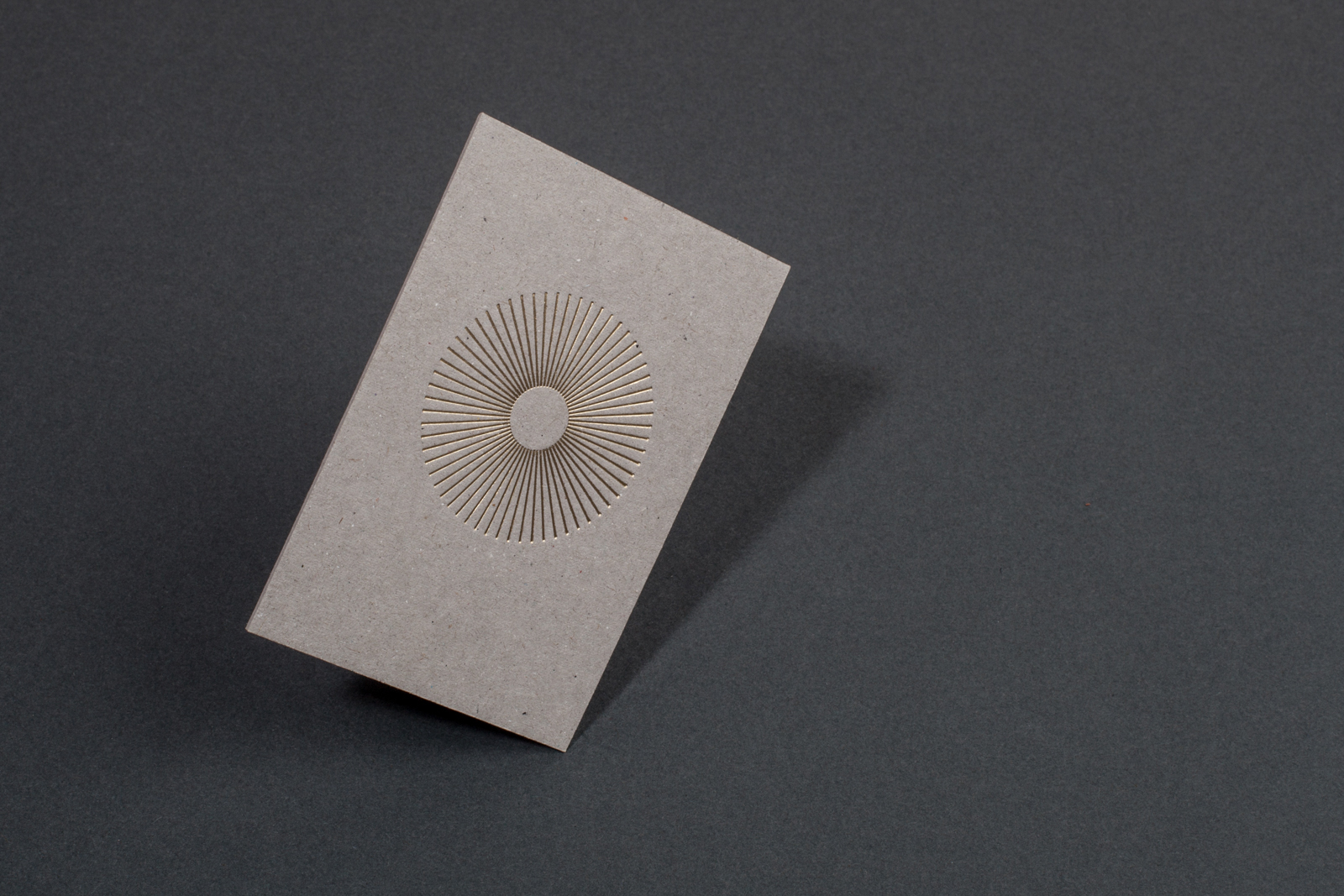
What do you consider a successful project to be ?
Besides the usual fare (audience/client/designer happy [in that order]) I think it’s important to learn something new with every project.
We have a way to evaluate if we should take on a project but it could also be applied to review if a project is successful or not. I’ve borrowed this method from someone but for the life of me can’t remember who. If it was you (or you know who it was) then let me know and I’ll credit accordingly. We draw a triangle, at each vertex we have the headings ‘learn something new’, ‘do good work’ and ‘$$$’. The sweet spot is where a project provides all three of these vital elements (which is quite rare). Two and we’re usually pretty happy, one and we can take it or leave it and zero is no-fly zone. If you’re not learning anything, not doing anything decent or even cashing in, then a change of direction is needed.
What do you feel is the impact of what you do?
That’s a tough one. I’d like to think design can help elevate the ordinary and highlight the best parts of why something or someone is great. If you imagine an alternate reality where instead of your lovely design work for a project your client got the most expected, default, off-the-shelf solution; would it affect the success of that person's business? Would their product or service still have the same impact? Maybe? Couldn’t tell you, I’m not in the big data and/or alternate realities business. My gut is that a person’s drive will carry through regardless of the design, but design can merely help speed up their success.
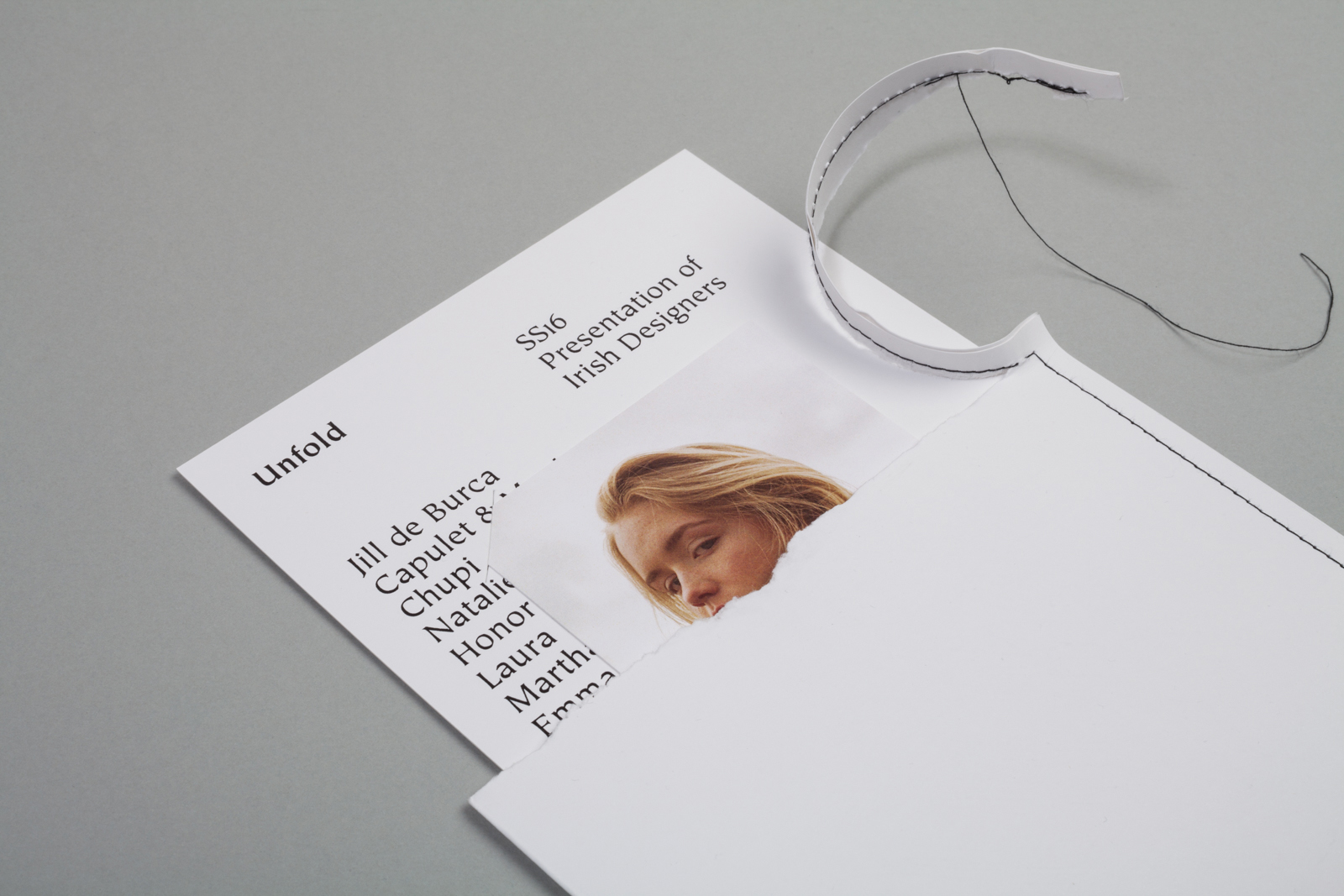
What’s the most important thing to get right in order to do your job properly?
Why Working to code of course.
But really, I think allowing instinct a look in when working on a project is important. Trusting your gut is a great and often untrusted and under-utilised design tool.
Are you working the way you want to?
We’re definitely working for more of the right kind of people which I’m really happy about. As for ‘working the way we want’ I think our hours are a bit unsustainable if we’re to consider this a lifelong career. We’ve worked on lots of quick jobs that require burning litres of midnight oil but we’ve been told by good sources that’s just part of the process of starting and growing a business. Our goal is to get larger projects that allow us more time to breathe, experiment and learn. Saying that, I do like the odd late night work session — it’s the places your half-asleep brain meanders to in the wee hours that tend to bring an element of the unexpected to a project.
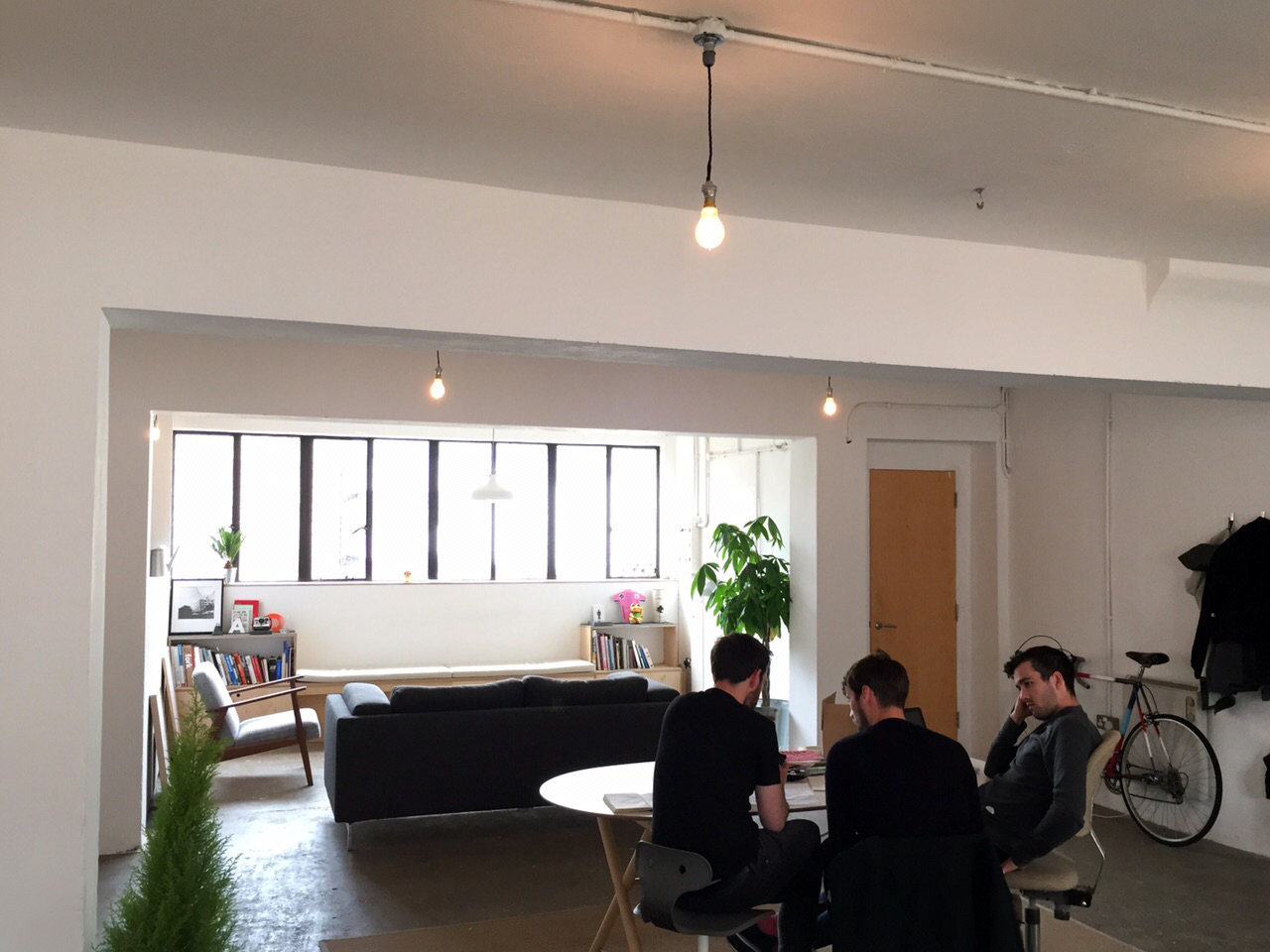
What would you change?
I’m happy for the studio to stay relatively small and nimble. I don’t want to lose touch with getting my hands dirty with the odd repetitive, menial task every once in a while. I feel that keeps me grounded and helps me realise how lucky I am to be doing what I do everyday.
